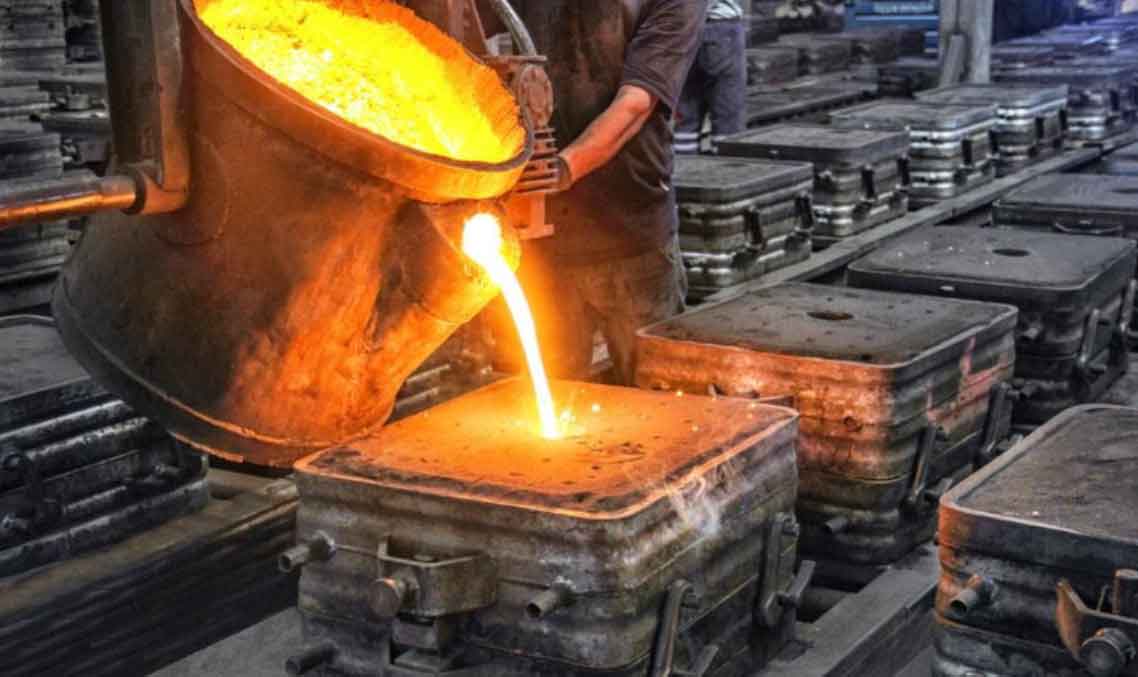
Sand casting is a popular and widely used method in the manufacturing industry due to its numerous advantages that make it suitable for a wide range of applications. Here are some key advantages of sand casting that make manufacturers choose this method:
1. Versatility:
- Sand casting is highly versatile and can be used to produce complex and intricate shapes with varying sizes, making it suitable for a wide range of components and products.
2. Cost-Effectiveness:
- Sand casting is a cost-effective method for producing both small and large quantities of castings. The initial tooling costs are generally lower compared to other casting methods, making it economically viable for many manufacturers.
3. Design Flexibility:
- Design modifications can be easily made to the sand molds, allowing for quick design iterations and adaptations to changing requirements.
4. Wide Material Choice:
- Sand casting can accommodate a broad range of materials, including ferrous and non-ferrous alloys, providing manufacturers with the flexibility to choose the most suitable material for the application.
5. Complex Geometries:
- Sand casting can produce castings with intricate shapes and complex geometries that may be challenging or impossible to achieve with other manufacturing methods.
6. Short Lead Times:
- Once the mold is prepared, the actual casting process can be relatively quick, enabling shorter lead times compared to some other manufacturing processes.
7. Rapid Prototyping:
- Sand casting allows for the rapid production of prototypes, facilitating design validation and iteration before full-scale production.
8. Environmentally Friendly:
- Sand is a natural and abundant resource, making sand casting a more environmentally friendly option compared to some other casting methods that use synthetic materials.
9. Suitable for Large Castings:
- Sand casting is well-suited for producing large castings, such as engine blocks, turbine housings, and industrial equipment components.
10. Excellent Surface Finish:
- With proper mold preparation and finishing techniques, sand casting can produce castings with excellent surface finishes, reducing the need for additional post-processing.
11. Low Tooling Costs:
- The cost of making the sand molds is relatively low compared to the tooling costs required in other casting methods, making it attractive for low to medium volume production.
12. Ease of Customization:
- Sand casting allows for easy customization and modifications to molds, making it suitable for specialized, one-off, or custom products.
Overall, the advantages of sand casting, including its versatility, cost-effectiveness, and design flexibility, make it a preferred choice for many manufacturers. The ability to produce complex shapes, accommodate various materials, and facilitate rapid prototyping also contributes to its popularity in diverse industrial applications.
Pages: 1 2
